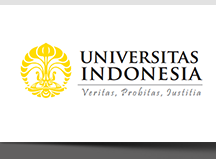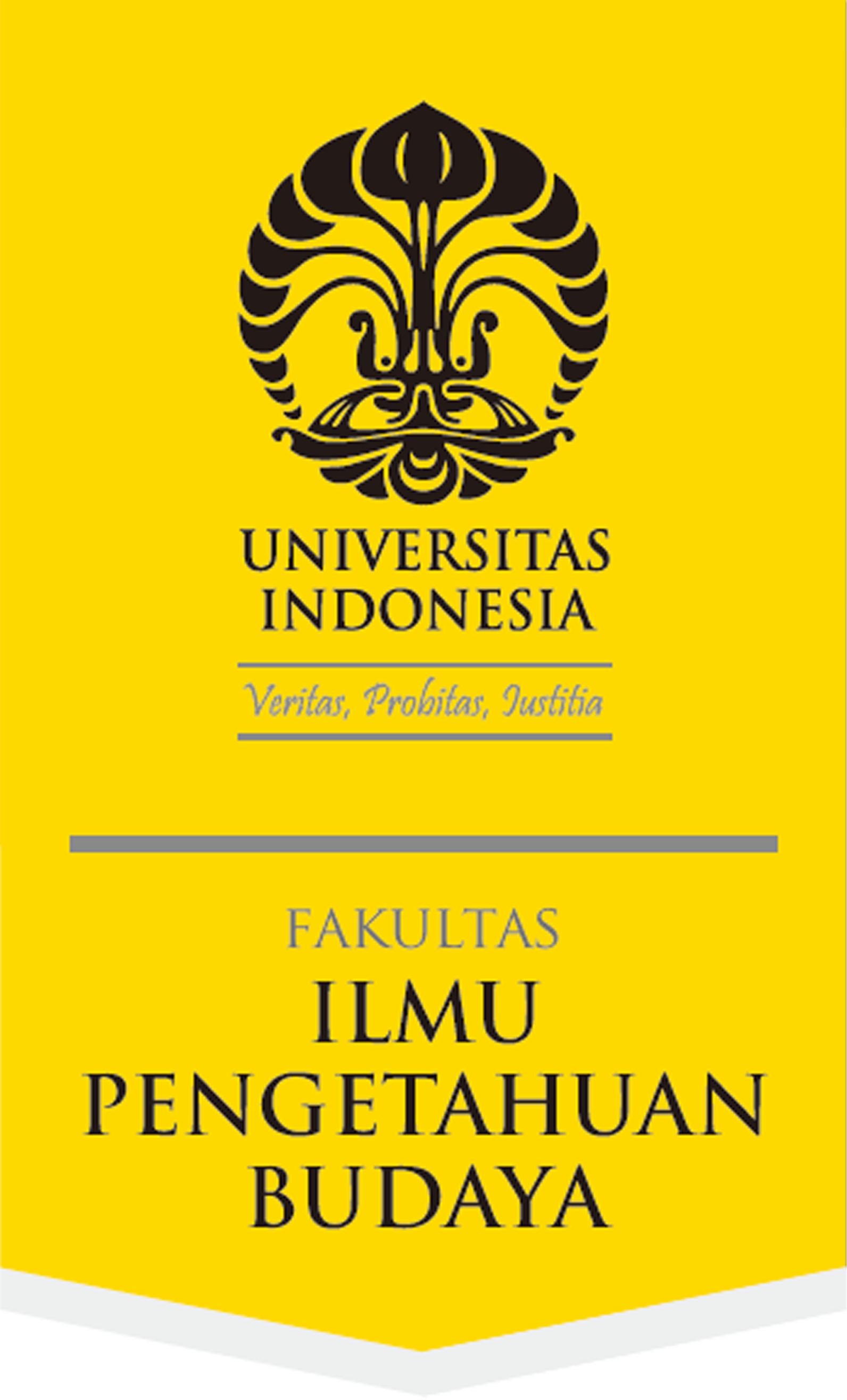Abstract
Various theories regarding the origins of the Baduy people have been discussed by scholars. A recent contribution by Robert Wessing and Bart Barendregt (2005) approaches the problem from the broader context of the structure of kingdoms in Java and Pajajaran. The present paper assesses their theory in the light of documentary sources from the fourteenth to the sixteenth century, not only in the Sundanese language but also in Old Javanese. These sources indicate that the religious aspects of Baduy society reflect practices and ideas that seem to have been widespread in early Java and Bali. My approach is to investigate ethnographic and anthropological reports about the Baduy, especially those produced by Europeans at the beginning of the nineteenth century, and to compare them with Old Sundanese and Old Javanese texts from the pre-Islamic period. This study posits that the Baduy, during that specified period, were likely less isolated than they appear in contemporary contexts. Instead, they were integrated into expansive religious networks and state structures. Furthermore, it is argued that the Baduy exhibited a closer affiliation with karəsian beliefs rather than with the hulun hyang community. This alignment underscores a commitment to preserving the primordial fixed conditions and states of existence referred to in pre-Islamic sources as purbatisti and purbajati.
References
Unpublished materials
Devaśāsana, romanized typescript of Kirtya collection, no. 935, dated to 1941.
Ṛṣiśāsana, Kirtya Liefrinck-Van der Tuuk, Singaraja, Bali, IIb.78b/1; Perpusnas Br 144, Universiteitsbibliotheek Leiden, the Netherlands Or. 3958, edition started by Marine Schoettel, to be finalized by Arlo Griffiths and Timothy Lubin.
Published materials
Acri, Andrea. 2014. “Pañcakuśika and Kanda Mpat; From a Pāśupata myth to Balinese folklore”, The Journal of Hindu Studies 7(2): 146-178.
Acri, Andrea. 2017. Dharma Pātañjala. Second edition. New Delhi: Aditya Prakashan. [Śata-Piṭaka Series, Indo-Asian Literatures 654.]
Bakels, Jet. 1989. “Mandala-gemeenschappen in West-Java”. Bijdragen tot de Taal-, Land- en Volkenkunde 145(2-3): 359-364.
Blume, C.L. 1845. “Gedachten op eene reis door het zuidoostelijk gedeelte der residentie Bantam”, Indisch Magazijn 2 (3-4): 1-36.
Danasasmita, Saleh and Anis Djatisunda. 1986. Kehidupan masyarakat Kanekes. Bandung: Bagian Proyek Penelitian dan Pengkajian Kebudayaan Sunda (Sundanologi), Direktorat Jendral Kebudayaan, Departemen Pendidikan dan Kebudayaan.
Djafar, Hasan. 1995. “Prasasti batu dari Sumberhadi Daerah Lampung Tengah (Suatu informasi)”, Jurnal Penelitian Balai Arkeologi Bandung 1: 1-3.
Ende, Louis von. 1889. Die Baduwis auf Java. Wien: Anthropologische Gesellschaft.
Erwinantu. 2012. Saba Baduy; Sebuah perjalanan wisata budaya inspiratif. Jakarta: Gramedia Pustaka Utama.
Fox, J.J. 1994. “Installing the ‘Outsider’ Inside; An exploration of an Austronesian cultural theme and its social significance”. [Paper prepared for the First International Symposium on Austronesian Cultural Studies, Unversitas Udayana, Bali, 14-16 August.]
Garna, Judistira K. 1987. Orang Baduy; Seri etnografi bergambar UKM. Bangi: Penerbit Universiti Kebangsaan Malaysia.
Garna, Judistira K. 1988. “Tangtu telu jaro tujuh; Kajian struktural masyarakat Baduy di Banten Selatan, Jawa Barat, Indonesia”. MA thesis, Universiti Kebangsaan Malaysia.
Geise, N.J.C. 1952. Badujs en Moslims in Lebak Parahiang, Zuid Banten. Leiden: De Jong.
Gunawan, Aditia. 2023. Sundanese religion in the 15th century; A philological study based on the Śikṣā Guru, the Sasana Mahaguru, and the Siksa Kandaṅ Karǝsian. PhD thesis, École Pratique des Hautes Études, PSL University.
Gunawan, Aditia and Arlo Griffiths. 2021. “Old Sundanese inscriptions; Renewing the philological approach”, Archipel 101: 131-208.
Hooykaas, Christiaan. 1974. Cosmogony and creation in Balinese tradition. The Hague: Martinus Nijhoff.
Koolhoven, W.C.B. 1932. “Een en ander omtrent het land der Badoei’s (Zuid Bantam)”, Mijningenieur 13: 64-71.
Kriswanto, Agung and Aditia Gunawan. 2023. “Sang Hyang Hayu: an Old Javanese ‘Great Book’ in three different scripts”, in: British Library’s Blog. [Retrieved from at: https://blogs.bl.uk/asian-and-african/2023/09/sang-hyang-hayu-an-old-javanese-great-book-in-three-different-scripts.html.]
Kruseman, C.A. 1888. “Eenige dagen onder de Badoewies”, Java-Bode 37(255): 1-2, 31 October.
Kurnia, Asep and Ahmad Sihabudin. 2010. Saatnya Baduy bicara. Jakarta: Bumi Aksara.
Noorduyn, J. and A. Teeuw. 2006. Three Old Sundanese poems. Leiden: KITLV Press. [Bibliotheca Indonesica 29.]
Pennings, A.A. 1902 “De Badoewi’s in verband met enkele Oudheden in de Residentie Bantam”, Tijdschrift voor Indische Taal-, Land- en Volkenkunde (TBG) 45: 370-386.
Pigeaud, Theodore G.Th. 1960. Java in the 14th Century. The Hague: Martinus Nijhoff
Pigeaud, Theodore G.Th. 1960-1963. Java in the 14th Century; A study in cultural history, Vol. IV. The Hague: Martinus Nijhoff.
Pleyte, Cornelis Marinus. 1909. “Artja Domas het zielenland der Badoej’s”, Tijdschrift voor Indische Taal-, Land- en Volkenkunde 51: 494-526.
Pleyte, Cornelis Marinus. 1916. “Padjadjaran’s overgang tot den Islam volgens de Buitenzorgsche overlevering”, Tijdschrift voor Indische Taal-, Land- en Volkenkunde 57: 536-560.
Reuter, Thomas Anton. 1996. Custodians of the sacred mountains; The ritual domain of Highland Bali. PhD Thesis, The Australian National University.
Smith-Hefner, Nancy J. 1990. “The litany of ‘The World’s Beginning’; A Hindu-Javanese Purification Text”, Journal of Southeast Asian Studies 21: 287-328.
Suryani, Ade Jaya. 2021. From respected hermits to ordinary citizens; The conversion of the Baduy, ethnicity and politics of religion in Indonesia (1977-2019). PhD thesis, Leiden University.
Teeuw, Andries and Stuart Owen Robson. 1981. Kuñjarakarṇa Dharmakathana: Liberation through the Law of Buddha—an Old Javanese Poem by Mpu Dusun. The Hague: Nijhoff. [Bibliotheca Indonesica 21.]
Undang Ahmad Darsa. 1998. “Sang Hyang Hayu; Kajian filologi naskah bahasa Jawa Kuno di Sunda pada abad XVI”, MA thesis, Universitas Padjadjaran.
Tricht, B. van. 1929. Levende antiquiteiten in West-Java. Soerakarta: s.n.
Valeri, V. 1991. “Afterword”, in: J.S. Lansing, Priests and programmers; Technologies of power in the engineered landscape of Bali. Princeton, NJ: Princeton University Press.
Wessing, Robert. 1993. “A change in the forest; Myth and history in West Java”, Journal of Southeast Asian Studies 24(1): 1-17.
Wessing, Robert and Bart Barendregt. 2005. “Tending the spirit’s shrine; Kanekes and Pajajaran in West Java”, Moussons 8: 3-26.
Zanten, Wim van. 2020. Music of the Baduy people of Western Java. Leiden / Boston, MA: Brill. [Verhandelingen van Het Koninklijk Instituut Voor Taal-, Land- En Volkenkunde 313.]
Zoetmulder, Petrus Josephus. 1982. Old Javanese–English dictionary. ’s-Gravenhage: Martinus Nijhoff.
Recommended Citation
Gunawan, Aditia
(2025)
"Children of Patanjala; Revisiting the problem of Baduy origins using Old Sundanese and Old Javanese sources,"
Wacana, Journal of the Humanities of Indonesia: Vol. 26:
No.
2, Article 5.
DOI: 10.17510/wacana.v26i2.1801
Available at:
https://scholarhub.ui.ac.id/wacana/vol26/iss2/5









